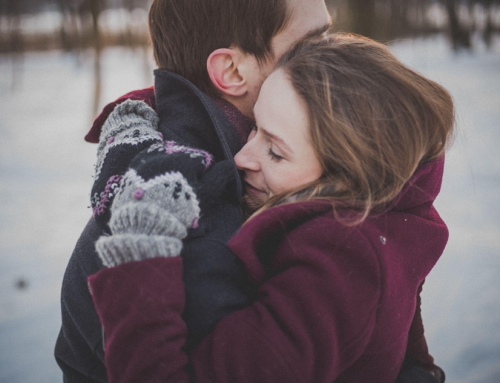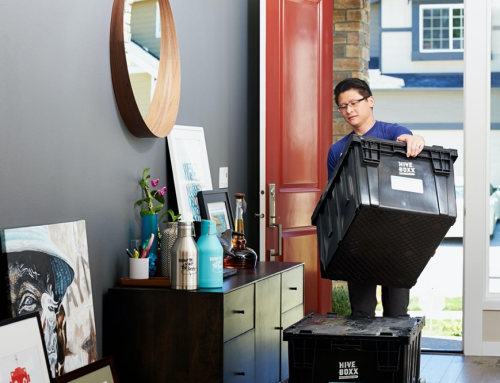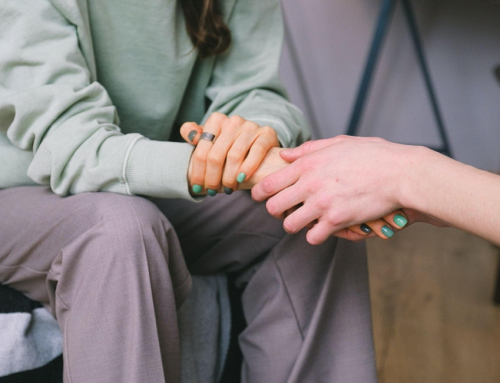
Some of you may have noticed. My posts are a tad shorter lately. I am working every day at the local high school as a paraprofessional. As you can imagine, my after school time is now devoted to errands, tasks and social obligations I did not get to do during the workday.
My intention is to write about one specific subject, idea, insight, etc. each week. I introduce the topic, tell you what I know and then usually provide one or two personal or professional examples. I hope this format works for you, the reader. I welcome your feedback.
How do you feel before you do this behavior?
This week I want to talk about addictive behaviors. Most of us have one or two habits we would like to break. While listening to Dr. Robert Puff’s podcast, The Happiness Podcast, I learned one way to determine whether a behavior has negative potential.
Dr. Puff says that if we engage in a behavior when we feel happy or content, it is less likely to become a troublesome behavior or addiction. If we use a substance or engage in a behavior to alleviate discomfort (physical, emotional, mental), then we might want to check ourselves.
Drinking for fun or for relief?
For example, many of us enjoy meeting up with friends for a beer, glass of wine or cocktail. It’s great to catch up with friends to share stories and have a few laughs. If we go into this event with a light heart and eager anticipation of connecting with others, the potential for our drinking to go south is minimal. If we go into this event planning to vent, drown our sorrows and forget our pain, the drinking takes on a more dangerous role. We are now using alcohol as a reason to gather and numb our discomfort. We link drinking with relief from unhappiness.

The same goes for those who need a glass of ‘Mommy juice’ every night to relax. Sure, one glass is probably not going to cause a problem, but one time we may have a really bad day. One glass may not be enough to ease the tension. A second glass becomes appealing. If two glasses make us feel better, what might three offer? You get the idea of the slippery slope. Notice the need to ease discomfort or unhappiness. See how the drinking becomes a way to fill a void or abate sadness/loneliness/regret, etc.?
So we might ask ourselves, do we drink when we are sad, lonely, bored, stressed? If so, beware of negative consequences.

Mindless eating
Drinking is not my vice, but stress eating is. When I feel agitated, tired, stressed, sad, or lonely, I eat. I especially love bite-sized snack food such as tortilla chips, popcorn of all kinds or candy. I know I should portion out my servings but I don’t. I take the whole bag to the couch and mindlessly devour it while watching a show. I can practically feel the dopamine releasing in my brain.
I feel terrible after I do it. I am sluggish and tired. I feel out of control. I am conscious of this behavior and yet I still go to the snack drawer for a hit of relief.
Thankfully, my tiredness usually puts an end to my mindless eating. I go to bed and stop eating. Although, I have definitely stayed up later to get a food fix in.
How to stop the negative behavior
Dr. Gabor Maté says in, In the Realm of the Hungry Ghosts: Close Encounters with Addiction, that we must replace our troublesome drug or behavior with another equally satisfying behavior or substance. For me, sleep and time with my husband or children fills in nicely for food. I’m not usually unhappy when I’m sleeping or spending time with my loved ones.
What precipitates your bad behavior? Are you happy or unhappy? What could you do or consume to give you an equally satisfying experience?
Want to experience more secure relationships? Perhaps more security in your relationships could help reduce negative or addictive behaviors. Try my online course titled: Attachment: Moving from Insecurity to Security within a Relationship. Click on the link or the image below for access.








Mindless eating in the evening is mine too. I don’t have a husband or kids and if I go to bed to early I wake up too early. But I am going to be earlier. I try to spend quality time with my cats but they are old and not very interactive anymore. This is something I want to work on…suggestions?
Hi Karen. What do you do while you eat mindlessly? I have TV watching and mindless eating linked in my mind. When I sit down to watch television, I think about eating. If I could do something else, talk with my husband, hold his hand, knit or do stretches it might unlink my association with the two. I suggest unlinking any activities with eating that you have. Good luck!